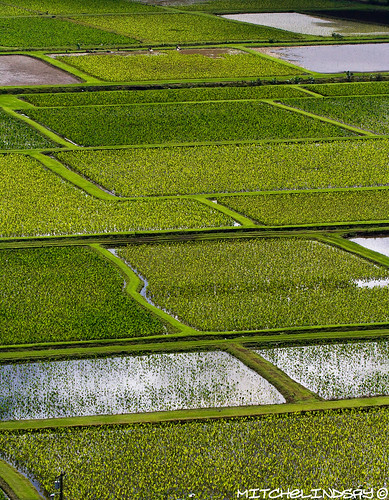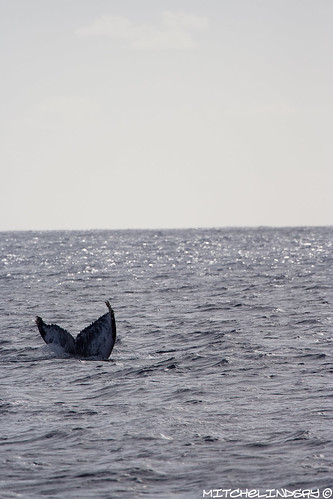So, just recently I had an opportunity to take a trip to Kauai. Well, it was less a trip and more a four day business meeting with pina colada's but that's a different story. Either way, I knew, being the garden island, that there was going to be plenty of opportunities to photograph some beautiful things. It seemed to me to be the ideal situation to try out a new lens. Where else to try out a new lens then in a location with almost limitless subjects. After much himming and hawing, I decided to rent the Canon 100-400mm from the folks over at Borrow Lenses.com. It probably wasn't the most practical of lenses to choose but it fit a niche that was missing from my camera bag, the super telephoto. The wides and mid ranges were covered with my 10-22mm EFS and 28-135mm. And thanks to a co-worker, the 70-200mm 4.0 covered the telephoto range.
So, before I go any further, I want to preface the rest of the review with the fact that I am not a technical specialist when it comes to lenses and lens technology. This review is based strictly on my experiences and impressions of the lens with the short amount of time that I had it. Now that that is out of the way, back to the review.
The first thing I noticed about the lens, before I even had a chance to get it on the camera body was it's weight. Sure, the reviews all tell you it weights in at about 3lbs but it is difficult to really understand what that will do to the camera's balance until it's on there and you're swinging it around. And it's inclusion in my camera bag introduced a significant amount of strain on my shoulders and back, even with a good sturdy camera backpack.
The second thing that through me for a bit of a loop was the push-pull zoom system. Now, given that I'm fairly new to the world of photography, all the lenses that I have experience with have been the rotational zoom type. To move from that to the push pull system took some getting used to. I actually found that I would leave the tension ring fairly loose while shooting, as the issue of having the lens slide around was failry irrelevant because I was almost always shooting on the horizontal.
Then I looked through the lens and wow. The range of zooms this lens can access is spectactular. At the shortest lenght, it allows you just enough room to get portraits at 20-30 feet away. But, at it's longest lenght, you could fill the frame with the persons eye at the same range, or pick off license plates off cars 1/4 mile away, or pick out individual craters on the moon. (No joke)
The range of shots this lens could capture was pretty spectacular; from landscape, to sunrise, to portrait, to wildlife. This was the go-to lens for the trip when I wanted to capture something up close. And though the look of a canon L series lenses is usually pretty distinct and attention grabbing, I was able to capture some fairly candid shots just by the virtue of being able to zoom.
Now, the challenge of having all that zoom range focusing it. The lens actually does a pretty good job at focusing, as long as it stays with the current focal area. The problems start happening when the lens is unable to focus within it's current focal area and it has to begin scanning. A full sweep from one end of the lens' focal area to the other can take approximately 1-2 seconds. I only had this occur to me a few times though, mostly in those situations where there was either too little light or I was not able to focus the camera on a subject against a flat background like the sky. Otherwise, the focus was usually fast and accurate, even when shooting elusive subjects like whales.
Below are a coupe shots grabbed from the trip. Each shows the range of shoots that can be achieved with this lens.

This shot was taken pretty much from the hip. I was able to swing around a steady myself just as this kid pulled the fish up. No other lens in my bag would have allowed me to capture a shot like this.

The taro fields, shot from a bluff above. The colors and contrast that are produced when using an L series lens are amazing.

A humpback's tail captured from maybe a quarter mile away. One thing that amazed me about this picture was even though the whale was so far way, details like the barnacles on it's tail are still clear and crisp.